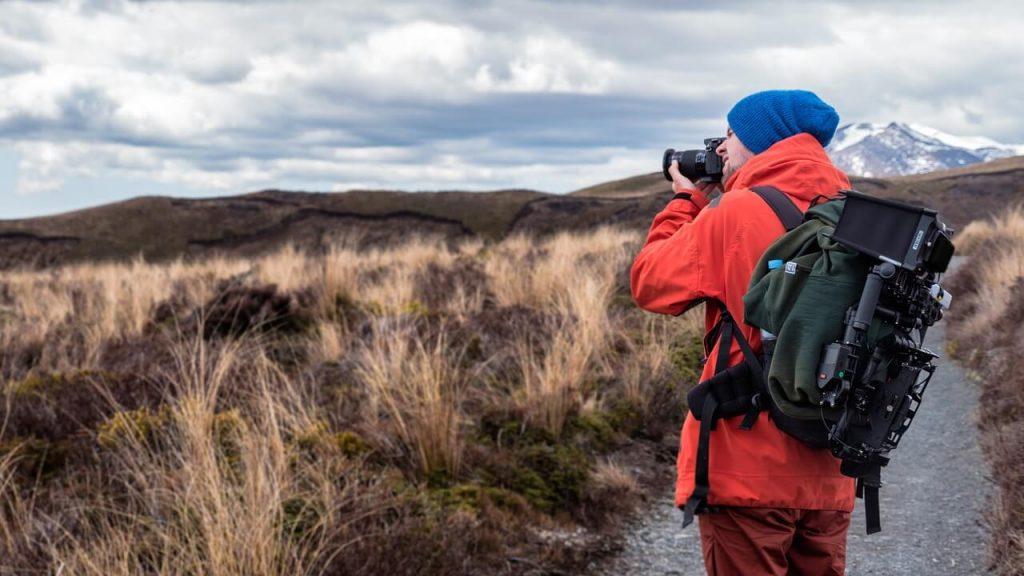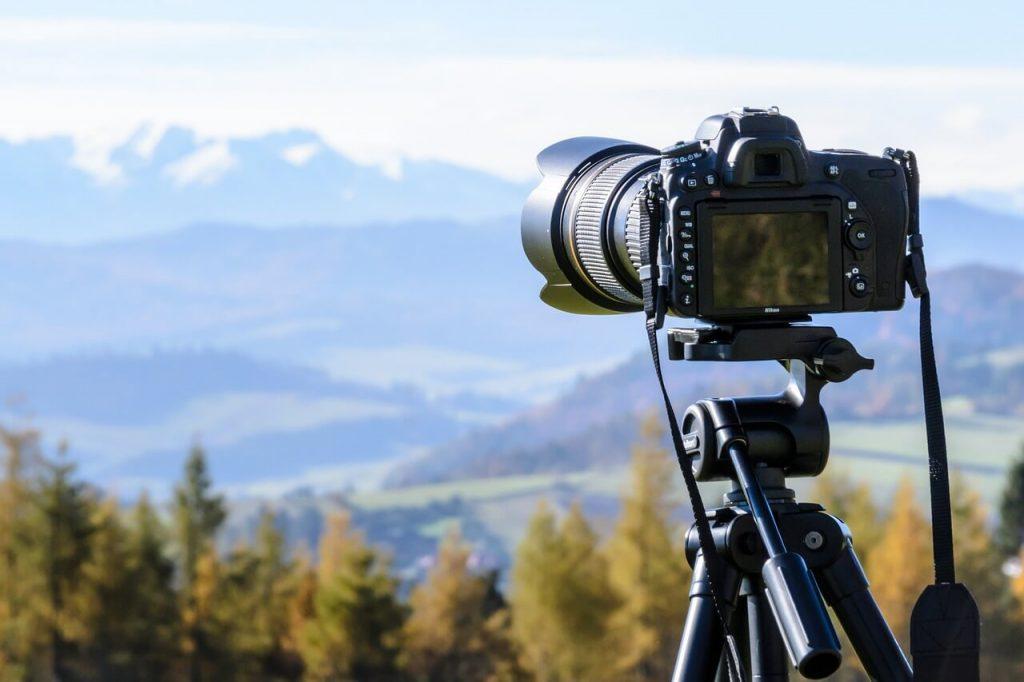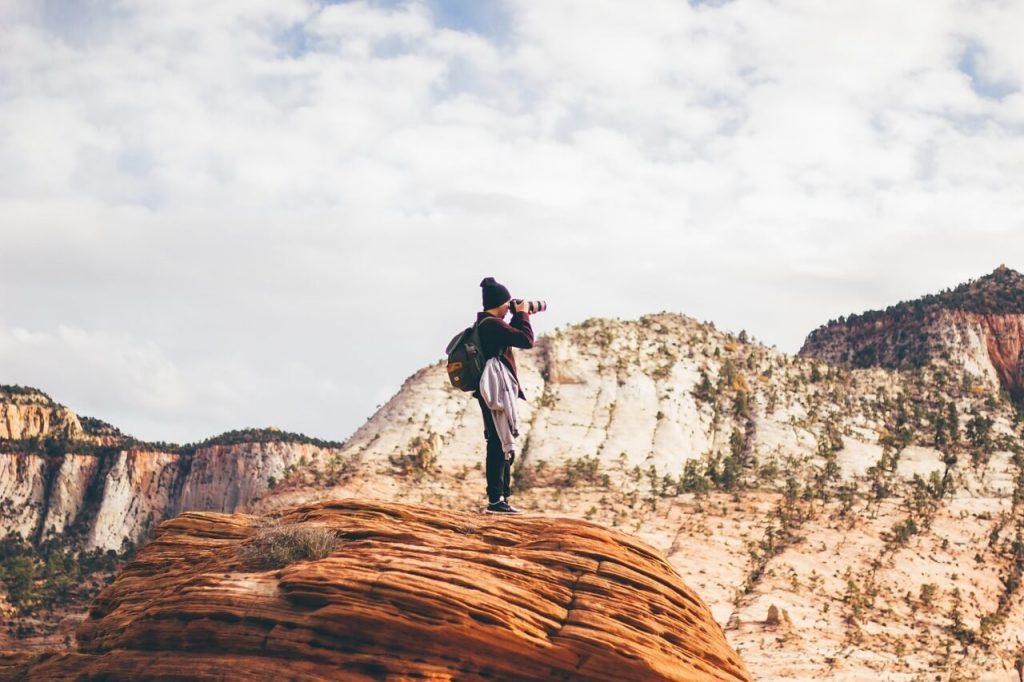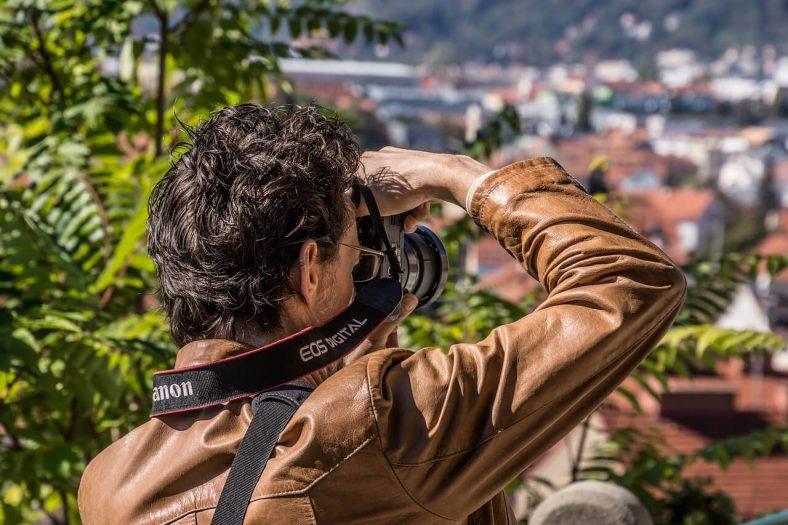There is more to taking landscape photographs than meets the eye. Going out in nature to capture the best shots requires skills as well as must-know hacks and tricks by the photographer.
Stumbling on beautiful scenes worth taking pictures should have the same breathtaking effect when being opened later. Experience in photography would be an added advantage in the perfect delivery of nature from the lenses.
However, beginners would still have a shot at landscape photography should they put into consideration the basic landscape photography tips.
-
1
Some of the suggestions that the photographer should be considering include:
- 1.1 1. Use of a good camera and good lenses
- 1.2 2. Investing in Tripods
- 1.3 3. Shooting the photos in RAW
- 1.4 4. Emphasize on the best light
- 1.5 5. Considering the use of filter
- 1.6 6. Exploring while shooting for improvement
- 1.7 7. The focus priority
- 1.8 8. Paying attention to composition
- 1.9 9. Experimenting with the Dark
Some of the suggestions that the photographer should be considering include:
1. Use of a good camera and good lenses
Photographers can take photographs using any camera. However, in venturing into landscape photography, investing in mirrorless DSLR cameras would cater to the needs of taking landscape photographs.

Such cameras are essential in providing intensified control over the camera settings. Having total control over the camera settings ensures the most superior baseline quality of the images. Excellent image quality further creates endless possibilities of providing pictures that look professional.
Moreover, mirrorless DSLR cameras are known for providing the photographer with the option of swapping lenses. The ability to swap lenses thus extends lens choices wherein the photographer can experiment with multiple lenses in different scenes for perfect shots.
2. Investing in Tripods
Getting sharp shots in landscape photography is essential wherein tripods would see to delivering the best results. The human arms are not stable enough for taking perfect shouts without risks of shaking.
Therefore, obtaining a tripod eliminates the shaking of the camera therein having sharper shots than that handheld. Faster shutter speeds would also deliver perfect pictures in using tripods. Tripods are thus extensions of the photographer with accurate shots without blemish and must not be an optional accessory.
The best tripods should be relatively light for easy ferrying to the places of interest.
3. Shooting the photos in RAW
In taking photographs, the format in saving is essential for future editing and retaining quality. JPEG file formats are popular with photographers. However, in saving photos in JPEG, there is an automatic compressing of the file’s details.
In the case of RAW file formats, retaining the file’s information and data with resulting high quality and easy editing format despite the longer processing time. The DSLR cameras are known to offer RAW among the file formats.
Nowadays, phones have the feature of having RAW formats in their functions from assistance in such camera applications as Lightroom. With the ability to retain all the file’s data and information, the RAW files are comparatively larger than the other formats.

4. Emphasize on the best light
The camera that is meant to replicate the eye in its capture cannot adjust to light levels. However, a photographer should not be let down by such a setback. Instead, waiting for the right light solves the issue.
The photographer must use their eye to get a glimpse of the view that would have the best photographs captured. Sunny days add too much contrast therein lacking the perfect shot. However, cloudy atmospheres filter the bright sun’s rays wherein need to wait for the ideal light minimized.
5. Considering the use of filter
Naked pictures without filters are interesting to look at as long as they have the best light and exposure. However, photographs with a touch of filters bring great detail differences.
Landscape photographs with a bit of filter have high possibilities of changing the setting in the picture according to the editor’s choice. Using certified editing tools such as Photoshop and Lightroom sees the best qualities in photos.
Therefore, any aspiring landscape photographer must ensure they do not lack editing tools with filters for improving image quality and overlook.
6. Exploring while shooting for improvement
Landscape photography not only includes the vast nature ranging from the skies, oceans, and plains but also includes the small organisms in nature. Therefore, the photographer has to deeply explore the vast nature while shooting for the best shots attainable.
With every shooting and snapping, the improvement must be of importance. From the quality to general photography, gradual improvement should be fundamental from exploration.
Besides, a photographer’s class for experience is Mother Nature therein getting outside to take as many photographs as possible is the path to improving an individual.

7. The focus priority
The field of landscape photography calls for wide shots alongside vast depths of view for capturing the subject on the lens. With large apertures, a sharp focus coming into play is a guarantee.
Most cameras have fittings in the form of gridlines that enable finding of focus. Experimenting on the focus prioritizes different focuses either to the foreground having blurry backgrounds while some go for the entire scene. Different focuses can also take charge wherein the video editing tools later help in the editing process for the perfect scene.
8. Paying attention to composition
Building a scene around the horizon of a photograph is the essential tip to a beginner landscape photographer. Referring to the trick of composing balanced pictures is pleasing to the eye.
Afterward, setting horizontal lines to have divisions into three segments effortlessly balances the horizon to balance the whole photograph. Keeping the horizon in the most middle part of the horizontal lines ensures picture-perfect shots.
9. Experimenting with the Dark
Finally, every photographer should understand capturing scenes at night and daytime. With the sinking sun, changes in views of the same subject bring about new experiences. Taking risks in experimenting with new scenes like building on the basics of photography from long exposures.
The exposures in capturing moving objects such as shooting stars and the trails of light left by vehicles in motion. Documenting other natural phenomena in the long exposures leads to beautiful photographs, considering additional tools in editing.
Know-how in dealing with several features of photography spices up the capturing experience to the building of skills and knowledge in photography. In following the tips for landscape photography by beginners, the best nature-and-photographer expertise will grow without a doubt.
Related Posts
